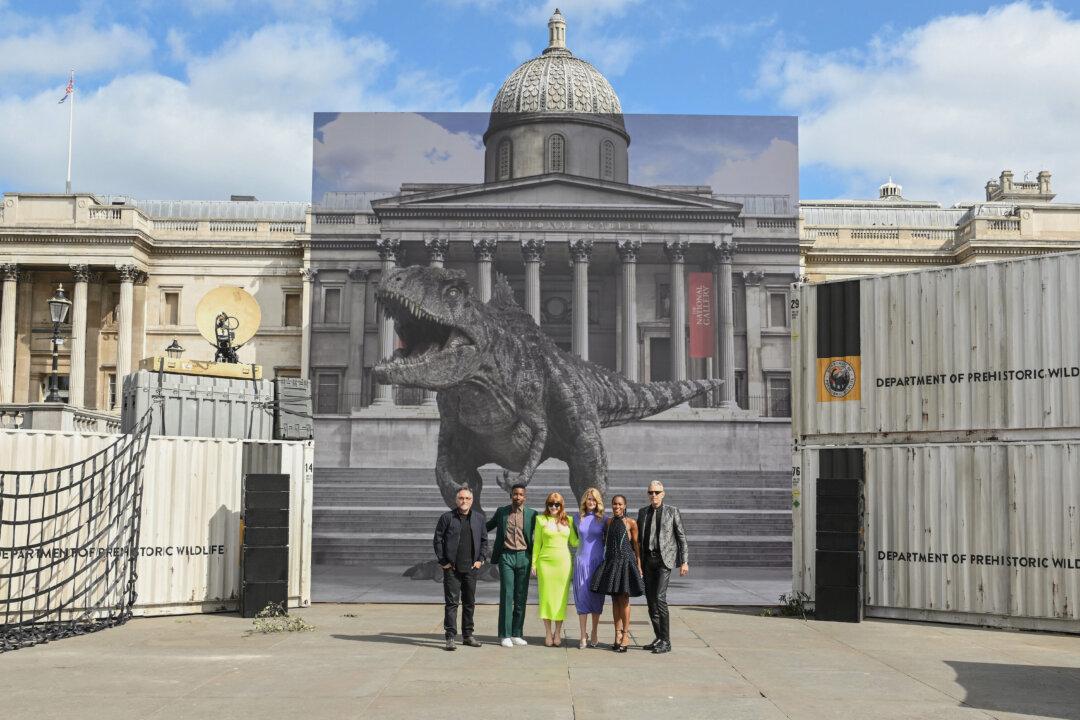Commentary
Forgive me as I steal a line from The Critical Drinker, a movie critic on YouTube. “Greed finds a way ...” he said of Jurassic World: Dominion, the latest movie in the Jurassic Park franchise.

Commentary
Forgive me as I steal a line from The Critical Drinker, a movie critic on YouTube. “Greed finds a way ...” he said of Jurassic World: Dominion, the latest movie in the Jurassic Park franchise.